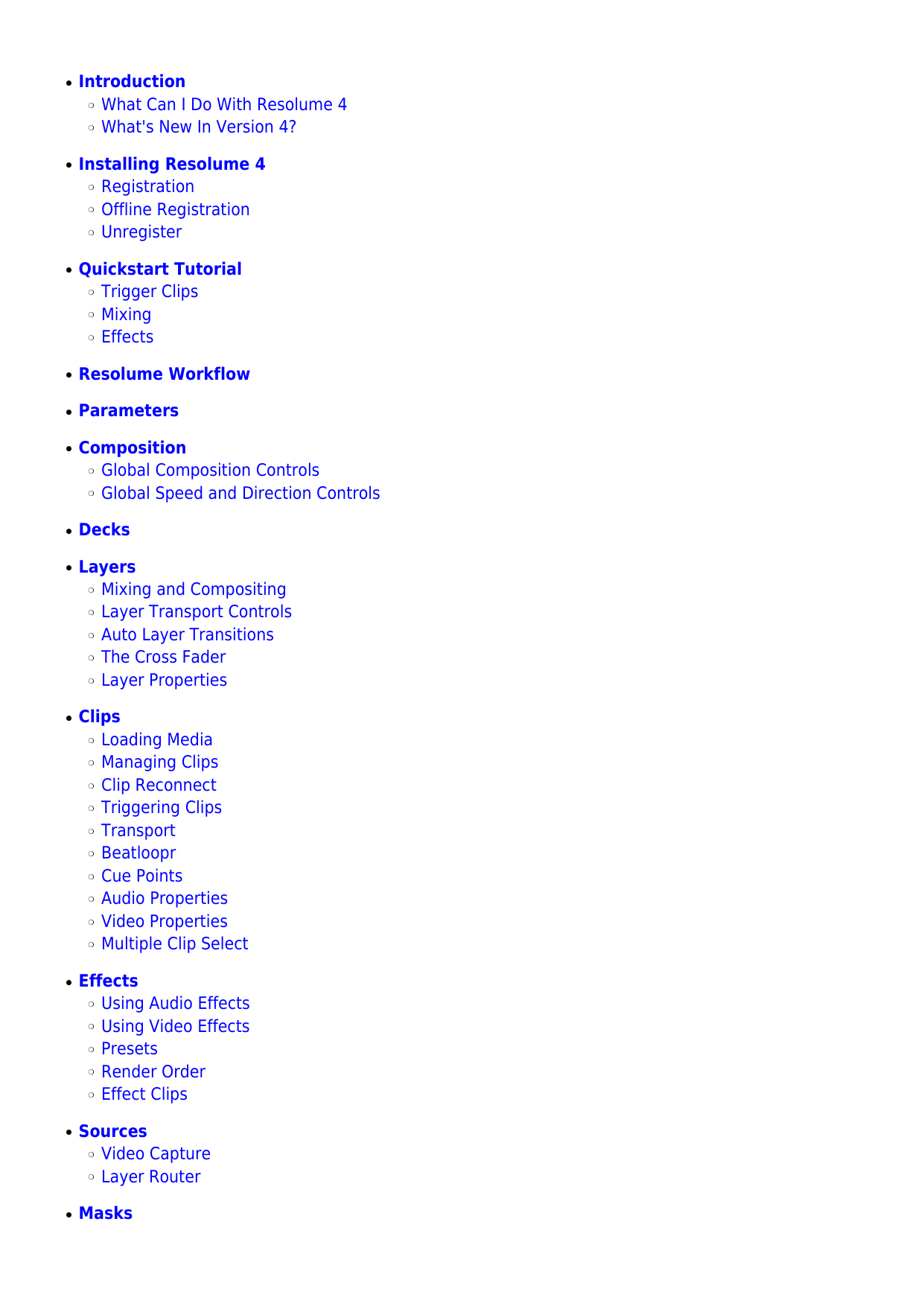
- #Resolume 5 how to change to vertical panel layout full#
- #Resolume 5 how to change to vertical panel layout software#
Here, we have the top-left corner of the page available, which leaves us room for a heading and a sub-heading. Once you have your body text in place, it’s time to format your A-heading. You can check that your frames are properly linked by going to View > Extras > Show Text Threads. To allow the text to flow across the sequence of frames, click on the small white square at the bottom-right corner of the text frame, then click into the following text frame to link them.
#Resolume 5 how to change to vertical panel layout full#
For the final two columns, extend these to full height, up to the top margin edge.

Use the Type Tool (T) to create further text frames in the remaining columns, allowing the second column’s text frame to match the short height of the first frame. To recreate the look, opt for a classic modernist font like Avenir, Helvetica (here, I’ve used Helvetica Neue), Univers or Akzindenz Grotesk. You can either Edit > Paste in your own text, File > Place text from a Word document, or go to Type > Fill with Placeholder Text to fill the column with dummy text.Ī note on fonts:The Swiss Style is characterized by elegant, minimal sans serif typefaces, which are neat, legible and have a cold, almost clinical design. Take the Type Tool (T) and drag to create a text frame that fits into the lower third of the page, within the first column. Arranging this into columns is a simple way of channelling a large amount of text without overwhelming the design with one large block of text. The Swiss School tended to follow an A-B-Chierarchical rule, with A being the most prominent header, B a slightly smaller sub-heading, and C being the smallest body text. When you’re designing a type-based layout, you need to have a think about how the type will be arranged in a hierarchy on the page. To divide an Architectural D layout into thirds, pull a guide down to 24 in. You can set the exact Y position of the guide from the Controls panel running along the top of the workspace. Make sure the rulers are visible (View > Show Rulers), then click and drag a horizontal guide down from the top ruler. Step 3ĭividing the layout into horizontal thirds using guides is a quick way of sectioning your page into manageable chunks. For this layout I’ve added 4 columns with a 1 in Gutter. You can also edit the spacing of the grid by going to the main InDesign menu and choosing Preferences > Grids.Īdd vertical columns to the grid by going to Layout > Margins & Columns. Go to View > Grids & Guides > Show Document Grid to make the grid visible on the page. The quickest is to use the software’s built-in Document Grid function. There are several methods for creating a grid in InDesign. To create a poster layout, set the Width to 24 in and Height to 36 in, which is a standard ‘Architectural D’ poster size.Īdd Margins of 0.75 in, and a Bleed of 0.5 in, before heading up and clicking OK. Open up InDesign and go to File > New > Document. Here I’ll show you how to use a basic grid to create this sleek poster layout inspired by the Swiss Style. Grids are the oldest trick in the graphic design book, but they shouldn’t be underestimated when it comes to laying out minimal typography. Layout 1: How to Do Retro Minimalism with a Grid
#Resolume 5 how to change to vertical panel layout software#
You can also recreate the typographic effects described here in raster software like Photoshop, using very similar techniques. We’ll be using Adobe InDesign to set up the layouts, and Adobe Illustrator for some effects in the second part of the tutorial. We’ll also look at how to integrate minimalist type with images to create a high-impact design. You’ll learn how to create a great foundation for building simple layouts, as well as how to choose minimalist typefaces. Here we’ll take a look at how to create two layout styles: One, a classic take on the Swiss Style, and the second, a more contemporary twist on minimalism. However, there are some tips and tricks to use when crafting minimal type layouts.

There’s nowhere for imperfections to hide, and achieving something elegant rather than just plain dull can feel like an uphill battle. It looks deceptively simple at first glance, but minimalist design can be one of the trickiest trades to master.


Its lasting appeal is still evident across signage, advertising and packaging design today. Back in the 1950s, the Swiss Style introduced an approach to minimalist typography that was a complete departure from the busy layouts popular with graphic designers at the time.


 0 kommentar(er)
0 kommentar(er)
